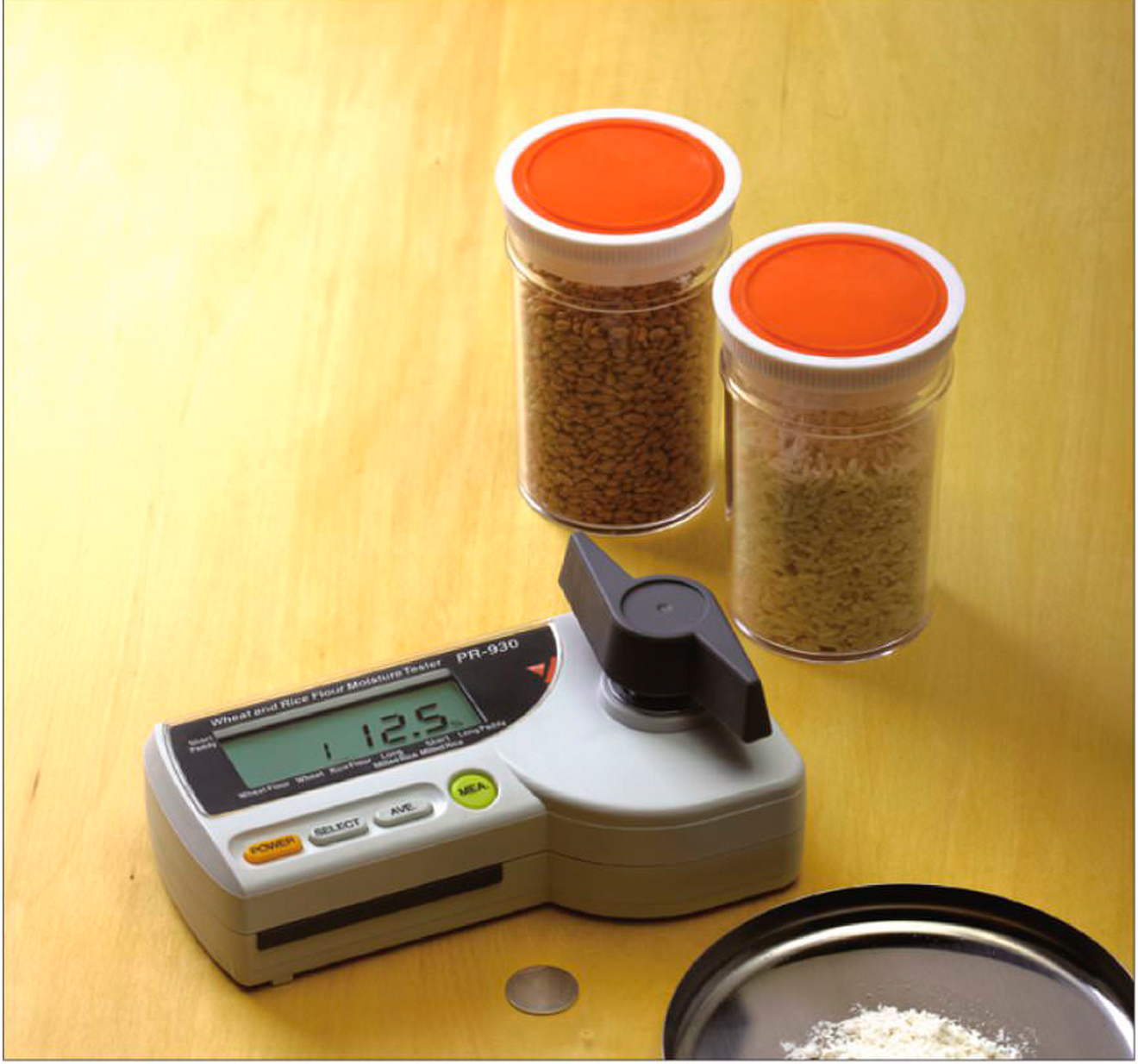Why Every House Owner Requirements a Moisture Meter: Trick Benefits and Attributes
Why Every House Owner Requirements a Moisture Meter: Trick Benefits and Attributes
Blog Article
Delve Into the Globe of Moisture Meters: Whatever You Need to Know
In the world of moisture meters exists a world of accuracy and functionality that typically goes unnoticed. These tools, while relatively simple, hold a wealth of info that can substantially impact numerous markets and applications. Understanding just how moisture meters operate, the various types readily available, and their varied uses can clarify their significance in making certain high quality and efficiency. By discovering the complexities of dampness meters, one can discover a beneficial tool that goes beyond mere dimension, offering understandings that can make a substantial distinction in numerous areas.
How Moisture Meters Work
Moisture meters run by measuring the electrical conductivity or capacitance of products to establish the wetness web content present. These meters are vital devices throughout numerous industries, including woodworking, farming, and building and construction. By utilizing different techniques such as pinless or pin-type modern technology, dampness meters provide accurate readings that help professionals make notified choices.
Pin-type dampness meters function by placing the sharp pins into the product being checked. On the other hand, pinless wetness meters utilize electromagnetic signals to check a bigger area without causing any damages to the material's surface.
No matter of the approach utilized, moisture meters play an essential role in preventing concerns such as mold growth, architectural damage, or product issues triggered by excess wetness. Understanding just how these meters work is essential for making certain the high quality and integrity of materials in different applications.
Types of Moisture Meters
Offered the important role dampness meters play in different sectors, it is important to understand the various types readily available to experts for properly evaluating dampness levels - Moisture Meter. There are largely two major sorts of dampness meters: pin-type and pinless dampness meters

On the various other hand, pinless wetness meters use electro-magnetic sensor plates to check a larger location of the material without triggering any kind of damage. This kind is suitable for swiftly scanning huge locations and is typically made use of for flooring, walls, and ceilings. Pinless meters are hassle-free for taking readings on completed surfaces without leaving any noticeable marks.
Both kinds of wetness meters have their benefits and are chosen based upon the specific demands of the work at hand. Comprehending the distinctions in between these kinds is important for specialists to make accurate moisture evaluations.
Applications Throughout Industries
Construction specialists rely on dampness meters to evaluate the dampness levels in structure materials like drywall, timber, and concrete, which is critical for maintaining architectural integrity and stopping issues like rot or mold. The floor covering industry makes use of wetness meters to gauge the moisture material in subfloors prior to installing different flooring coverings, stopping pricey damages due to excess dampness. In the food industry, wetness meters are made use of to monitor and manage moisture degrees in items such as grains, nuts, and dried fruits to preserve quality and top quality.
Tips for Using Dampness Meters
Use the dampness meter's calibration settings to ensure exact analyses when measuring the wetness content in numerous products. In addition, make certain the meter is established to the right wetness variety for the material you are measuring to get the most specific outcomes.
When utilizing a pin-type dampness meter, put the pins to the proper depth recommended for the material being examined. This makes certain that the wetness readings are taken from the correct deepness within the product, providing a much more accurate depiction of its dampness material. For pinless moisture meters, bear in mind to preserve proper call with the material's surface to obtain trusted readings.
Frequently check and replace the batteries in your dampness meter to protect against incorrect readings due to reduced power. Shop the see it here meter in a dry and secure area when not being used to extend its lifespan and preserve its accuracy. By following these ideas, you can take full advantage of the efficiency of your moisture meter and acquire precise wetness web content measurements across various products.
Upkeep and Calibration
To ensure the precision of dampness web content dimensions, normal upkeep and calibration of the wetness meter are necessary actions in its appropriate functioning. Calibration adjusts the moisture meter to ensure that it provides trusted and regular outcomes.
Calibration must be performed occasionally, particularly if the description dampness meter is utilized frequently or in essential applications where accurate dimensions are needed. By maintaining and calibrating the dampness meter consistently, individuals can rely on the accuracy of the dampness content dimensions obtained.
Final Thought

To conclude, moisture meters play a vital duty in various markets by precisely gauging the moisture material of products. Recognizing how these devices work, the different kinds readily available, and appropriate upkeep and calibration are crucial for obtaining reputable results. Whether in production, farming, or building and construction, using dampness meters aids ensure quality assurance and efficiency in processes.

In final thought, dampness meters play an essential function in numerous sectors by precisely determining the moisture web content of materials.
Report this page